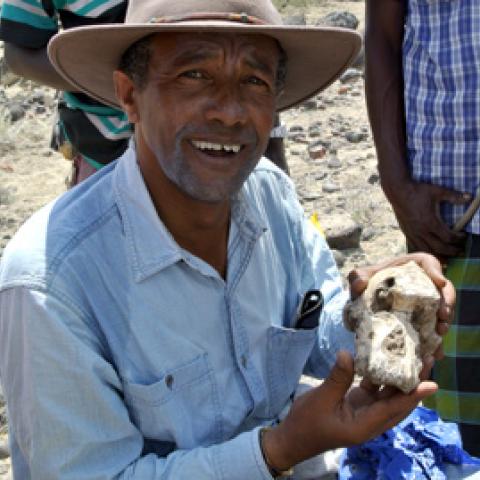Yohannes Haile-Selassie was investigating a site in the deserts of Northern Ethiopia when he came across a remarkably complete early hominin skull. It’s 3.8 million years old, an Australopithecus anamensis — the oldest and most elusive known human relative.
It’s a find that shook up the oldest branches of the hominin evolutionary tree. And a specimen that made Haile-Selassie one of Nature’s “10 People Who Mattered in Science” last year.
When he’s not digging for the buried treasure of human origins, Haile-Selassie is head of physical anthropology at the Cleveland Museum of Natural History, right here in University Circle, and teaches in our Department of Anthropology.
That’s the kind of expertise you’ll find at Case Western Reserve, and across our neighborhood—some of the world’s foremost thinkers and doers who eagerly lend their experience to our students in classrooms, internships, volunteer opportunities and more.
I dig it.


